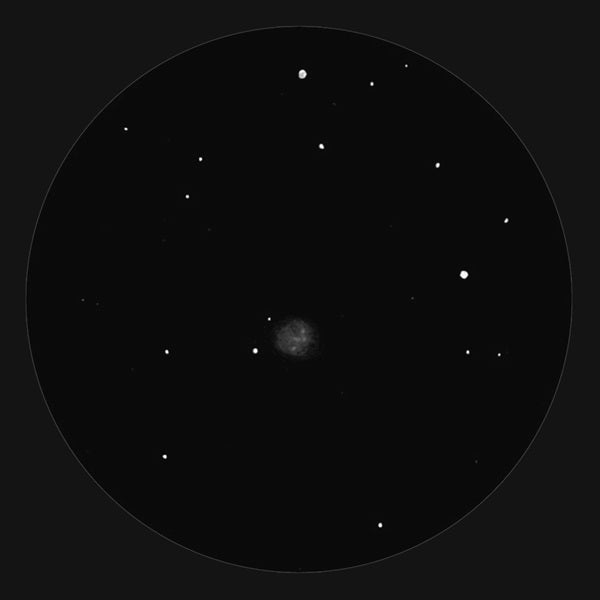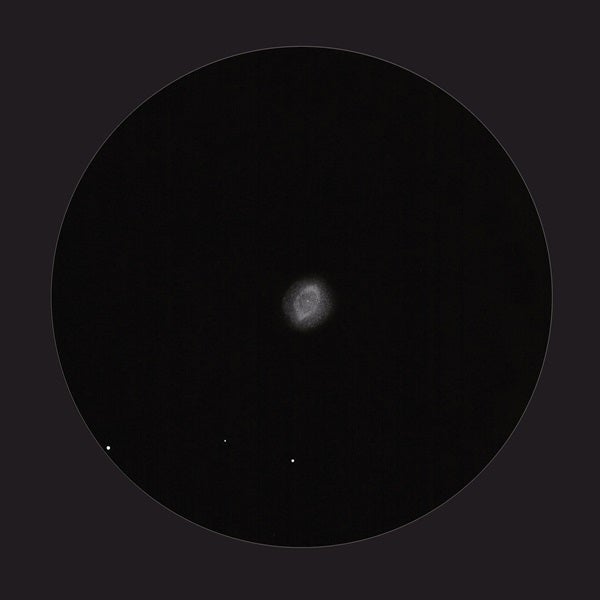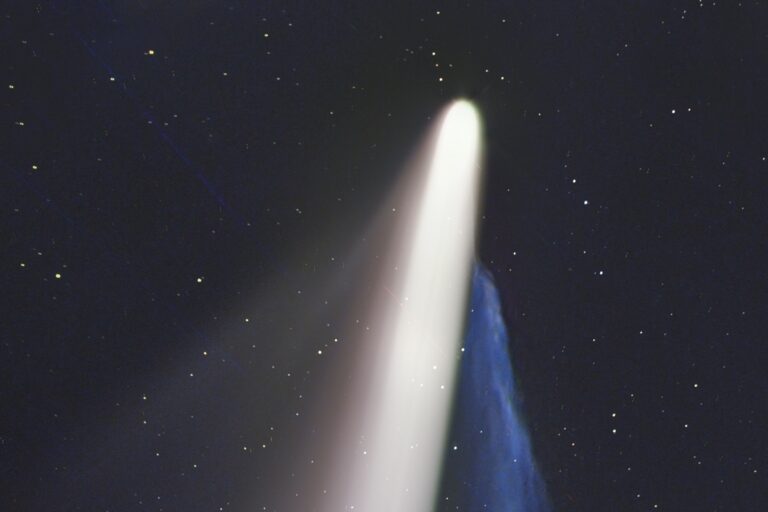I vividly recall the first time I observed the grand globular cluster Omega Centauri (NGC 5139), which was glowing low in the southern sky. The staggering number of resolved stars within the cluster stands ingrained in my memory, along with the unusual scratch-like markings near its southeastern edge. I can still hear the soft chatter of nearby observers and feel the warmth of my old jacket, as well as how my knees ached from sitting low to the ground. But what makes an observation of a celestial — or indeed any — object memorable?
In short, our brains create memories because of repetition, imagery, and patterns. The more frequently you observe an object, the better you’ll remember its location and appearance. Similarly, sketching what you see helps commit your target to memory. You’ll start to notice small nuances or shapes that make each object unique as you relax and slow down the observing process. Meanwhile, the surroundings stimulate your senses so that each observing session becomes special in its own right.
As my first example this month, let’s look toward the constellation Hydra the Water Snake and locate NGC 3242. It’s a magnitude 7.8 planetary nebula that lies 1.8° south of Mu (μ) Hydrae. It’s been coined the Ghost of Jupiter for its planet-like appearance, but, in fact, its bluish hue more resembles Uranus. When Miguel Ángel Pugnaire Sáez created the sketch of NGC 3242 that I’ve included here, it wasn’t a planet he visualized, but rather a “great cosmic eye” that was “worthy of remembering.”
Through a 4-inch telescope, NGC 3242 looks like a soft, round disk some 13″ across. You can spot its 12th-magnitude central star if you use an 8-inch scope, through which the disk will appear hollowed out and elongated. Larger instruments under pristine dark skies reveal a double shell 40″ in diameter. Be sure to use an Oxygen-III filter and bump up the magnification to capture the most detail.
Next up is NGC 2537. It’s the sixth entry in Halton C. Arp’s Atlas of Peculiar Galaxies. Because of its round shape and small size (1.5′), you could mistake it for a planetary nebula at first glance. Amateur astronomers call it the Bear Paw Galaxy because once you use a scope through which the details start to emerge, this dwarf galaxy takes the shape of an animal’s paw. I remember it as a round face staring at me.
The Bear Paw glows at 11th magnitude in the constellation Lynx. To find it, look 3° north-northwest of 4th-magnitude Alsciaukat (31 Lyncis). Through an 8-inch telescope, it appears faint and round with an even brightness. An 8th-magnitude star shines 6.5′ to the west. Although the edges of the galaxy become reasonably well defined if you use a 12-inch scope, it’s through a 16-inch instrument or larger that the details really come to light. Several bright knots reveal themselves so that they, along with one or two dark patches nestled between them, form the bear’s paw.
During your next observing session, try to associate a shape or pattern with the object you’re viewing. Relax, soak in the atmosphere around you, and try not to rush the sketching process. Each session will create a hook you can hang a memory on.












